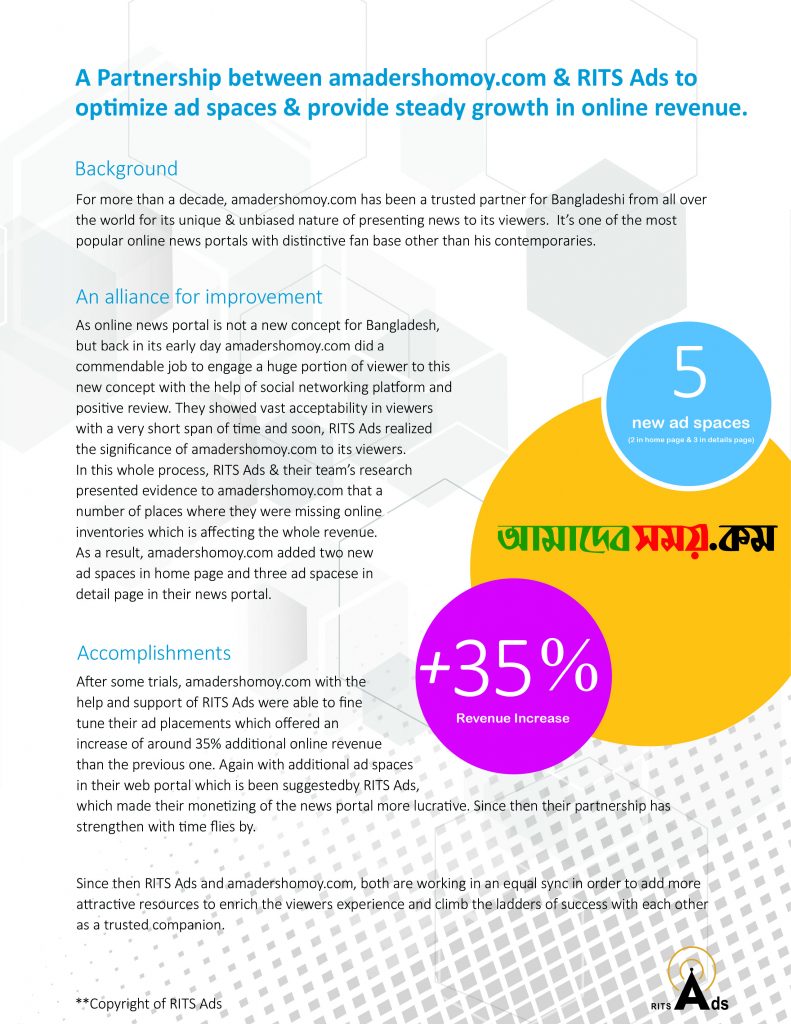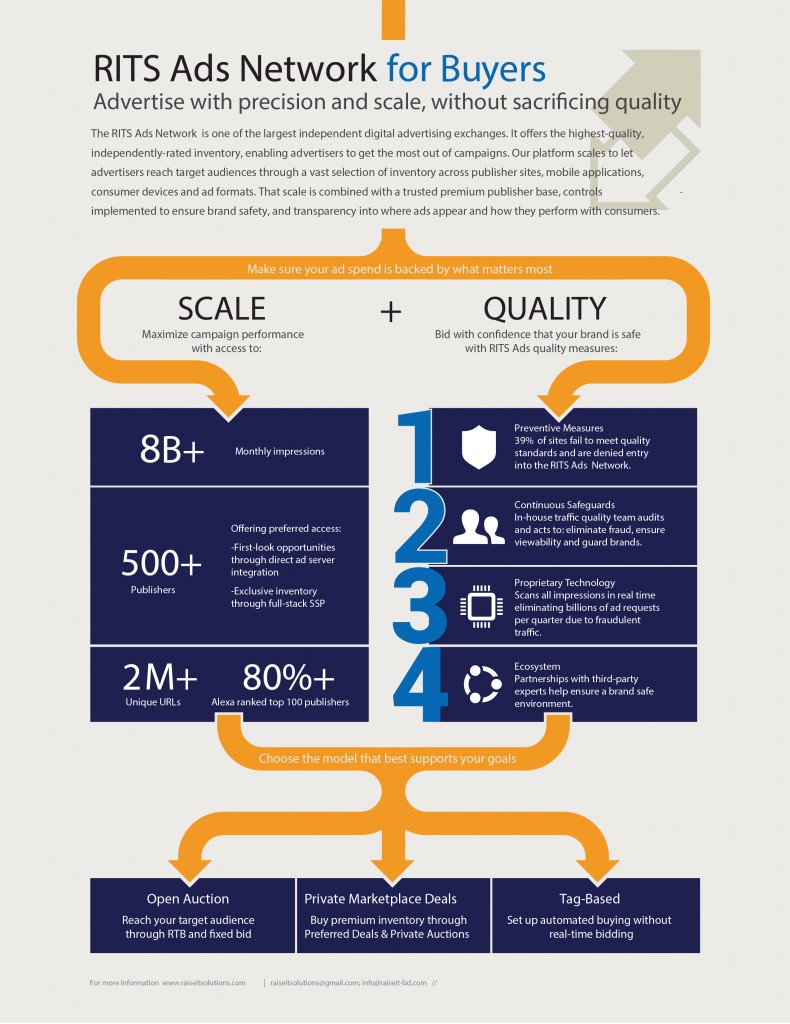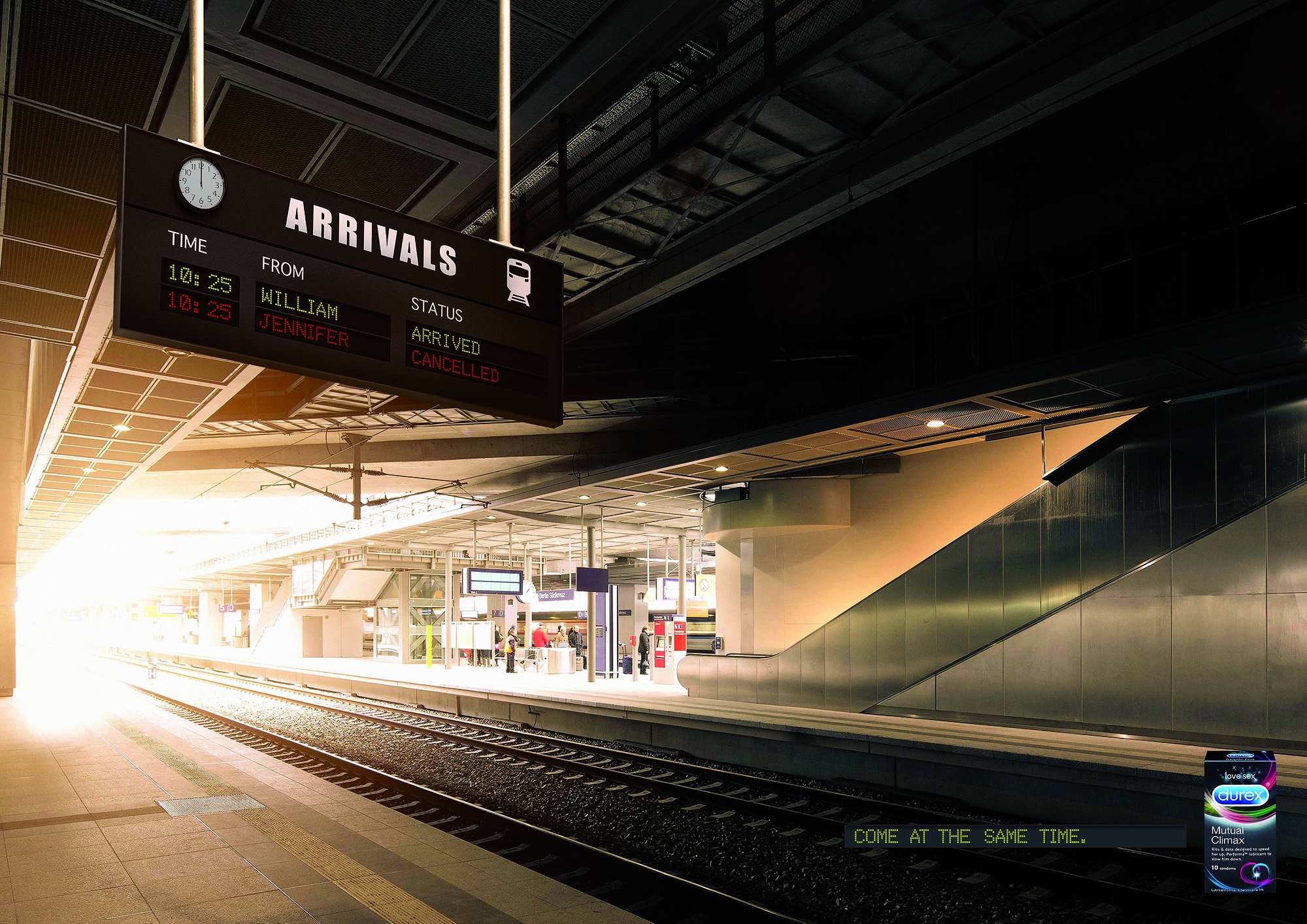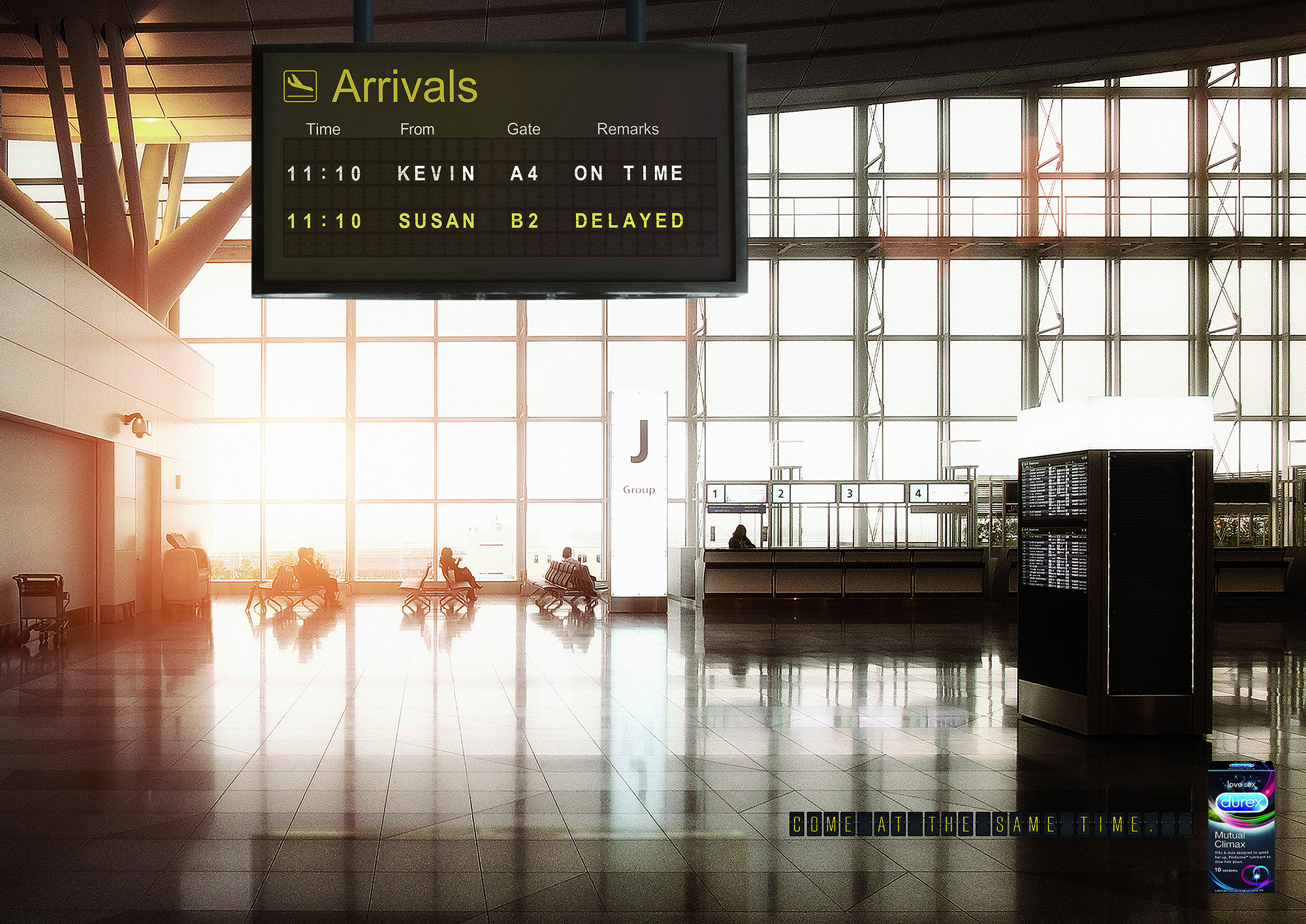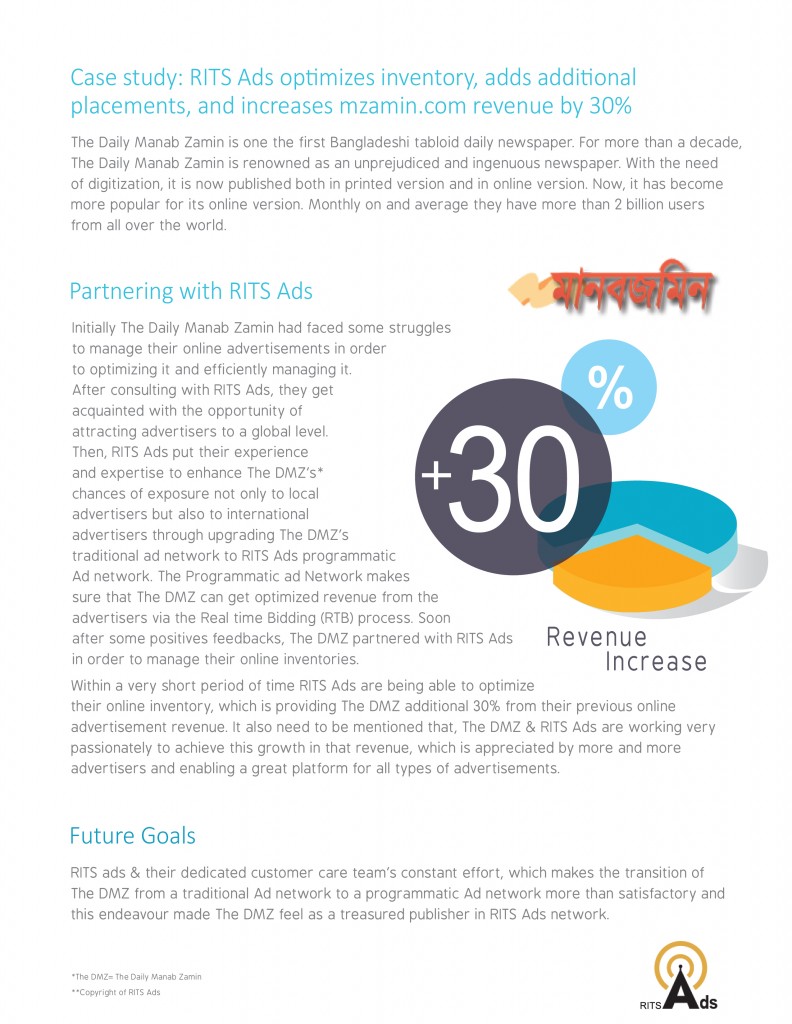
The reach of Brand Pages on Facebook has declined significantly while Local Pages have soared. In this post, we’ll look at the main reason brands should claim, manage and actively post to their location pages.
While just about every brand focuses on actively managing their national presence on Facebook, results are showing the shift from the power of brand pages to local pages. With that said, Facebook pages generate 5x more reach and 8x more engagement per fan than brand pages on average. Let’s take a look at the opportunity local Facebook pages have to offer for brands.
Engagement on Local Pages has increased 56% over 2015
A recent study conducted by MomentFeed in April of 2016 compared the engagement from local pages in Q1 of 2016 to Q1 of 2015. The analysis included 30 randomly selected brands and over 40,000 local Facebook pages. The results showed that the number of users on local pages increased by 56% and in that same period of time, the number of engaged users on the surveyed brand pages fell by 13%.
The reach of brand pages is declining as local pages surged 270%
Since the adoption of Facebook, the news feed has become one of the most in-demand real estates available on the smartphone. As Facebook implemented an algorithmic approach to the news feed, organic reach started to significantly diminish for all brand pages. With that said, organic reach for brand pages decreased by 47% and local pages increased by 270% year over year.
Facebook advertising is more effective from a local page
While most brands are traditionally promoting content from their national brand page, marketers are now shifting their ad budgets to Local Awareness Ads. Localized advertising saw an 114% increase in Reach on Facebook and is generally seen as more efficient because ads are delivered specifically to the groups of people near that location.
Publishing on Local Pages is 2.5X more effective than brand pages
Robeks smoothie franchise has over 90 locations and serves in diverse markets with different product offerings ranging from each store. With MomentFeed’s local publishing tool, Robeks was able to target messaging specific to each market. For example, promoting oatmeal in colder cities and ice cold smoothies in warmer areas.
Results shared a 250% increase in organic impressions generated from Robeks local Facebook pages compared to brand pages. Digital Media Manager at Robeks said, “An issue we were faced with was keeping up with Facebook and the importance that they were placing on local store pages. While the Robeks brand page experienced steady growth, the momentum has shifted and we are now spending more time on our local store pages.” The key was engaging their Facebook fans with localized content that was relevant to them.
If someone wants to find restaurants in a particular city, places that their friends have recommended or checked into will be displayed higher. Additionally, results that are similar to the people, places and things that a person is already connected to rank higher.
The opportunity in local Facebook pages
There is no doubt that the number of Facebook fans engaging with local pages will continue to increase. These pages represent a critical advantage for brands to leverage and optimize their mobile presence. For more info on how your brand can build a foundation to drive measurable success on Facebook, check out our webinar here. We will be introducing the newest Facebook products and how brands can take advantage of them to drive ROI.
Source: momentfeed.com
